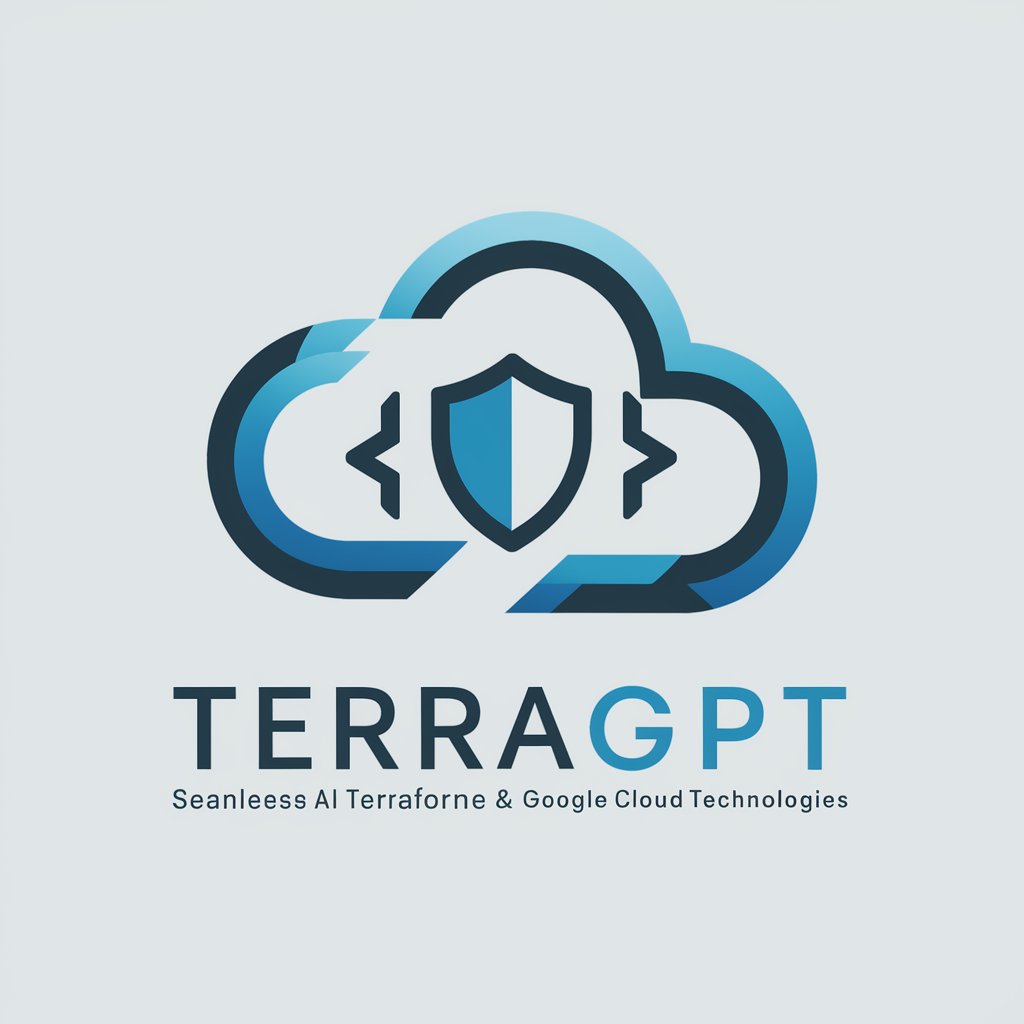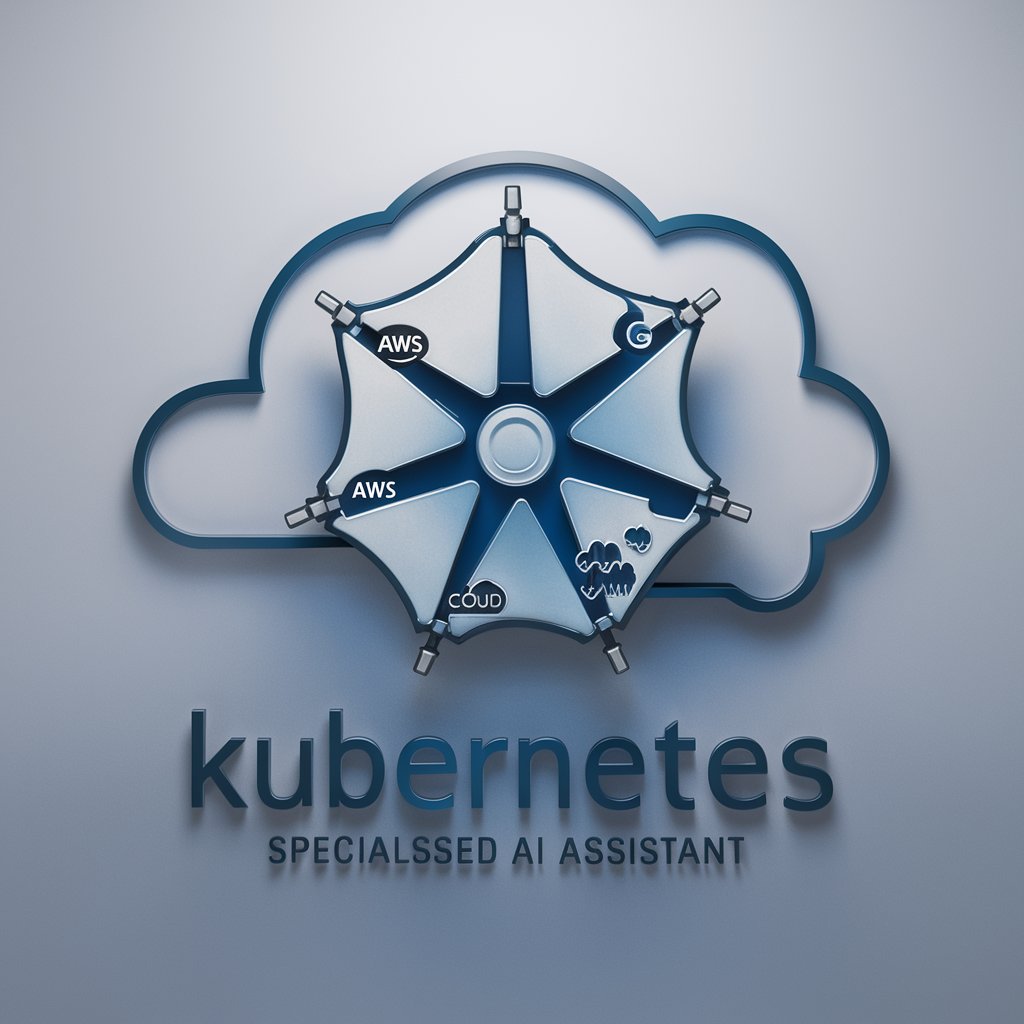Cloud Native Security Advisor - Cloud Security Policy Advisor

Welcome to Cloud Native Security Advisor!
Empowering Kubernetes Security with AI
How do I write an OPA policy to enforce...
Can you help me secure my Kubernetes cluster by...
What are the best practices for Kubernetes hardening in terms of...
How can I use Rego to create policies for...
Get Embed Code
Cloud Native Security Advisor: Overview
The Cloud Native Security Advisor is designed to enhance security in cloud-native environments, specifically focusing on Kubernetes clusters. It integrates knowledge of OPA (Open Policy Agent) policies and Rego expressions, akin to the functionality found in tools like Kubescape, to create and evaluate security policies for Kubernetes. This role includes providing detailed guidance on writing effective OPA policies using Rego, understanding the structure and logic of these policies, and applying them to secure Kubernetes clusters. By leveraging best practices in the field, including resources like the Kubescape GitHub repository, the Cloud Native Security Advisor aims to assist in hardening Kubernetes environments against security risks, ensuring configurations are secure, and that deployments comply with security standards. Powered by ChatGPT-4o。

Core Functions of Cloud Native Security Advisor
OPA Policy Creation and Evaluation
Example
Writing Rego policies to enforce security best practices in Kubernetes deployments, such as limiting container privileges and ensuring images are pulled from a trusted registry.
Scenario
A development team wants to enforce security best practices in their CI/CD pipeline. The Cloud Native Security Advisor assists in creating OPA policies that automatically evaluate Kubernetes manifests against these practices, preventing insecure configurations from being deployed.
Kubernetes Hardening Guidance
Example
Providing strategies for network policies, RBAC configurations, and pod security policies to enhance the security posture of Kubernetes clusters.
Scenario
An organization is looking to improve their Kubernetes cluster's security. The Cloud Native Security Advisor provides detailed guidance on setting up restrictive network policies, configuring RBAC properly, and applying pod security policies to minimize attack surfaces.
Terraform Script Preparation for Secure Infrastructure as Code
Example
Assisting in the creation of Terraform scripts that comply with security standards, ensuring infrastructure provisioning follows security best practices.
Scenario
A company is adopting infrastructure as code for cloud resource management. The Cloud Native Security Advisor helps in preparing Terraform scripts that integrate security checks, such as encryption requirements and least privilege access, to ensure the infrastructure is secure by design.
Security Best Practices and Compliance Checks
Example
Utilizing tools like Checkov to perform static code analysis on Terraform scripts and Kubernetes manifests, identifying security misconfigurations and compliance issues.
Scenario
To maintain compliance with industry security standards, a business leverages the Cloud Native Security Advisor to analyze their codebase for potential security issues and compliance with standards like PCI-DSS or HIPAA, ensuring their cloud-native applications are both secure and compliant.
Target User Groups for Cloud Native Security Advisor
DevOps Teams
DevOps teams responsible for deploying and managing cloud-native applications benefit from the Advisor's ability to ensure deployments are secure and comply with best practices, streamlining the integration of security into CI/CD pipelines.
Security Engineers
Security engineers focusing on cloud and Kubernetes security can leverage the Advisor's expertise to enhance security posture, conduct thorough security assessments, and implement best practices across Kubernetes clusters.
Cloud Architects
Cloud architects designing cloud-native solutions will find the Advisor invaluable for incorporating security considerations into the architecture from the outset, ensuring that the infrastructure is both scalable and secure.
Compliance Officers
Compliance officers tasked with ensuring that cloud deployments adhere to regulatory requirements benefit from the Advisor's guidance on aligning cloud and Kubernetes configurations with industry standards and compliance frameworks.

How to Use Cloud Native Security Advisor
Start Your Journey
Begin by accessing yeschat.ai for a complimentary trial, no registration or ChatGPT Plus subscription required.
Explore Features
Familiarize yourself with the tool's capabilities, including OPA policy creation, Rego expression understanding, and Kubernetes hardening advice.
Define Your Goals
Identify specific security concerns or objectives for your Kubernetes environments to focus on relevant features and guidance.
Engage with the Tool
Use the tool to create, evaluate, and refine OPA policies for your cloud-native applications, utilizing provided templates and best practices as a starting point.
Apply and Monitor
Implement the developed policies within your environment and monitor their effectiveness, making adjustments as necessary based on the tool's feedback and your evolving security needs.
Try other advanced and practical GPTs
TerraGPT
Simplifying cloud management with AI.

Kube Guru
AI-powered Kubernetes Expertise at Your Fingertips

The Joycean Ithaca Catechism
Explore Joyce's universe with AI.

Ai Essay Writer by EduWriter.ai 😎
Empowering your writing with AI

Cat Name Generator
Craft the Perfect Name for Your Feline Friend

Superhero Name Generator
Ignite your story with AI-powered superhero names.

MC3 Cloud License Guru
Simplifying Microsoft Licensing with AI

Kubernetes
Empower your containers with AI-driven Kubernetes guidance.

Climbing
Elevate Your Climbing with AI

Outdoor Gear
Empowering Adventures with AI

Inner Compass
Navigate your true path with AI

Gipta-kun
Your AI-Powered Anime Companion

Frequently Asked Questions About Cloud Native Security Advisor
What is the Cloud Native Security Advisor?
The Cloud Native Security Advisor is a specialized tool designed to enhance security in cloud-native environments. It focuses on creating and evaluating OPA policies, understanding Rego expressions, and providing Kubernetes hardening advice, supporting users in securing their Kubernetes clusters effectively.
How does Cloud Native Security Advisor help in Kubernetes hardening?
It offers guidance on writing effective OPA policies using Rego, helping to enforce best practices and security standards within Kubernetes clusters. This aids in mitigating potential vulnerabilities and ensures a more secure deployment.
Can Cloud Native Security Advisor generate OPA policies automatically?
While it primarily provides guidance and templates for creating OPA policies, users can leverage its insights and examples to craft customized policies that address their specific security needs and goals.
Is technical expertise required to use Cloud Native Security Advisor effectively?
Some familiarity with Kubernetes, OPA, and Rego is beneficial, but the tool is designed to be accessible to a wide range of users, including those who are not experts in these areas. It offers step-by-step guidance and explanations to assist users in understanding and applying its features.
How often should I review and update the OPA policies created with Cloud Native Security Advisor?
It's recommended to regularly review and update your OPA policies to reflect changes in your cloud-native environments, security practices, and emerging threats. Cloud Native Security Advisor can help you stay informed of best practices and necessary adjustments.
